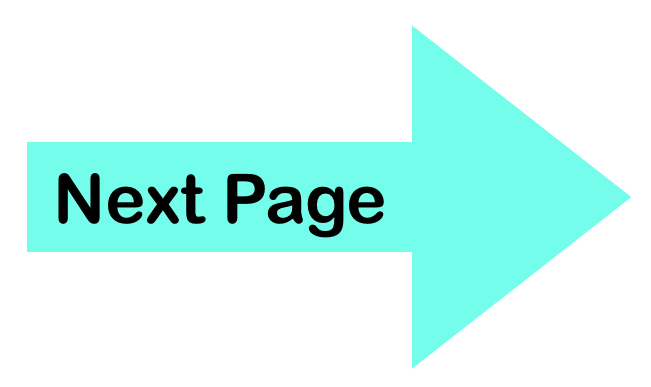Question: How do you write the word “Tokyo” in Hiragana? The answer brings up a very important concept in Japanese. Let’s get into it!
Confusion
The capital of Japan written in Hiragana is とうきょう. But if that’s the case, how would you write the word ときょ?
The answer is that you wouldn’t because ときょ isn’t a real word. But hear me out a minute!
In English we use macrons to indicate that a vowel is extended. You would expect “to” and “tō” to sound different, right? This difference is absolutely huge in Japanese. と and とう are completely different. This means that (when you write in English) you need that macron to point out the difference in pronunciation. In actuality, the capital of Japan should be written as Tōkyō. Thankfully for us, JR East has us English speakers covered!

1) Aah
Our first long vowel sound is made by an あ VSG character in front of the character あ.
The word おかあさん means “mother”. You need to elongate that “aah” sound because there is no Japanese word おかさん. Here are some more examples:
2) Ē
Our second long vowel sound is made by an い VSG character in front of the character “い”.
おおきい
3) OO
Our next long vowel sound is made by an う VSG character in front of the character “う”.
ぐうぜん
4) Ā
Our next long vowel sound is made by an え VSG character in front of the character “え”.
おねえさん
Another possibility is an え VSG character in front of the character “い”.
じょせい
5) Ō
Our last long vowel sound is made by an お VSG character in front of the character お.
どおり
Another possibility is an お VSG character in front of the character “う”
きのう
ちょうおん
Conclusion
There you have it! Coincidentally, this concept is called 長音(ちょうおん) which is funny because the word ちょうおん is an example of ちょうおん. (Mind blown!)



